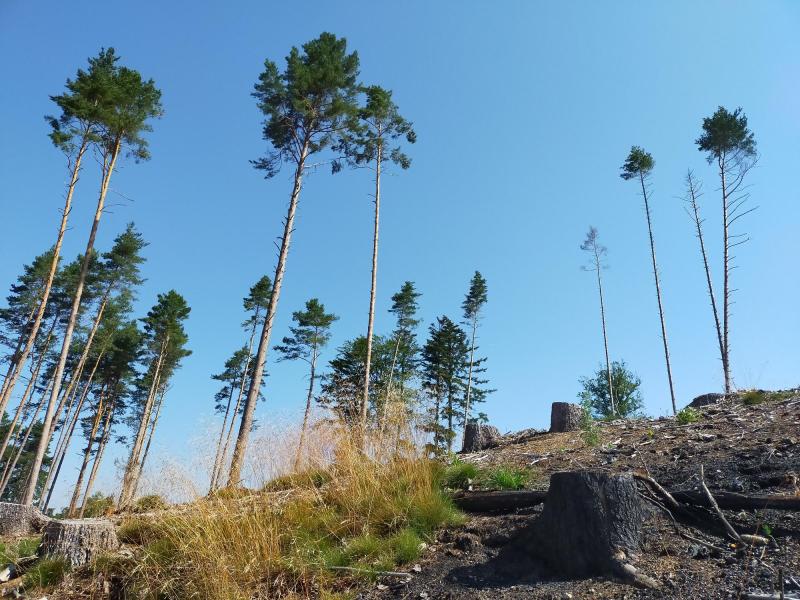The negative consequences of the drought for nature and its ability to take up CO2 during the growing season are significant. This is bad news for ambitious EU plans to store more carbon in nature, and the controversial idea that this might be considered equivalent to a reduction in CO2 emissions.
How do we prevent nature from becoming a source of CO2 itself, and how do we keep the trees we plant from dying or catching fire as a consequence of the drought?
Is planting trees always the most sustainable way of storing more carbon, or do we have to protect and perhaps even recreate other ecosystems as well?
How do we make sure the large amounts of carbon stored in the soil in formerly wet areas, many of which have now been drained, stay where they are?
To answer these and many other questions, Tim Vernimmen visited scientists in six European countries during the summer, when they were investigating the impacts of summer drought.
This revealed not just the damage done by ever drier summers, but also some possible solutions.

